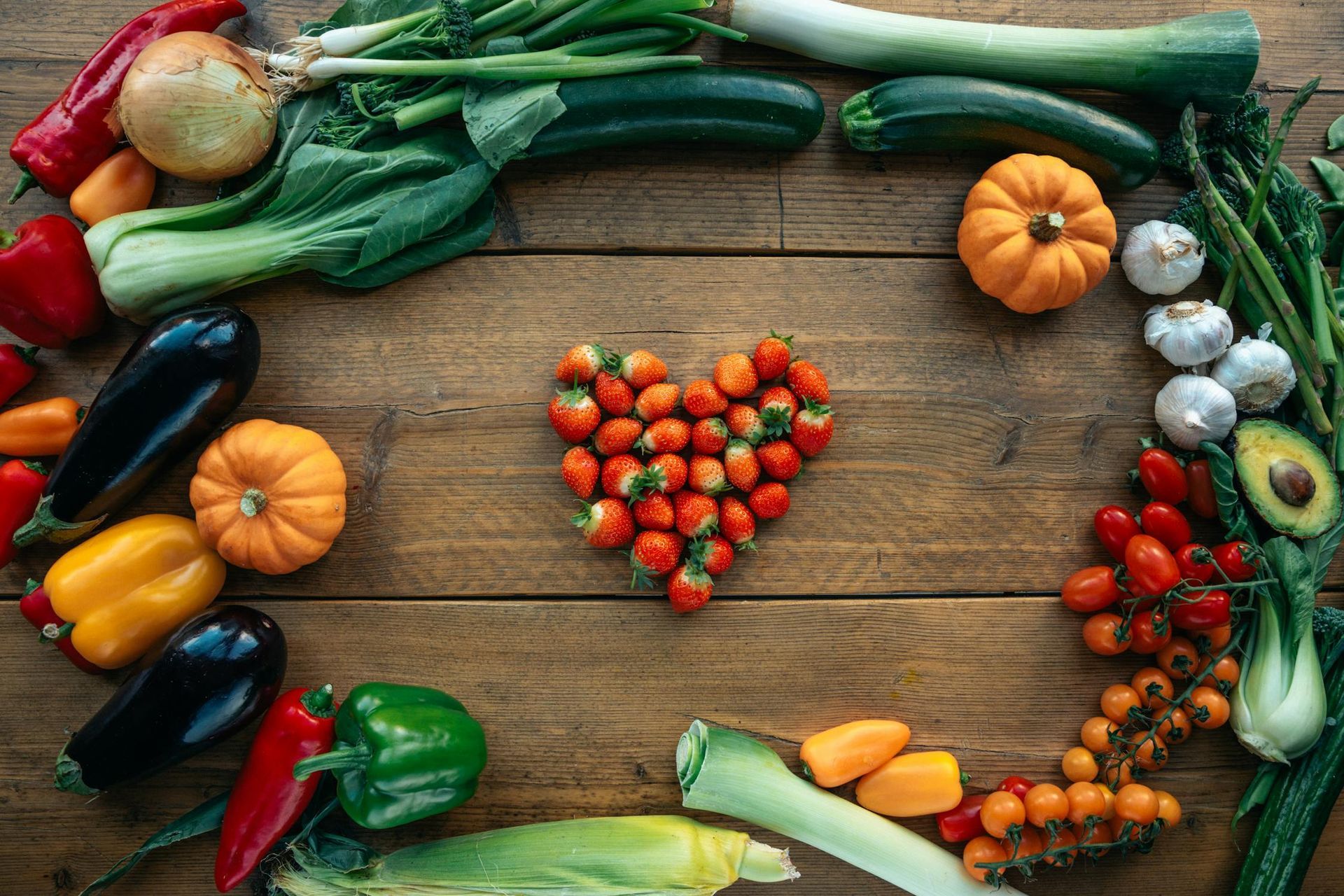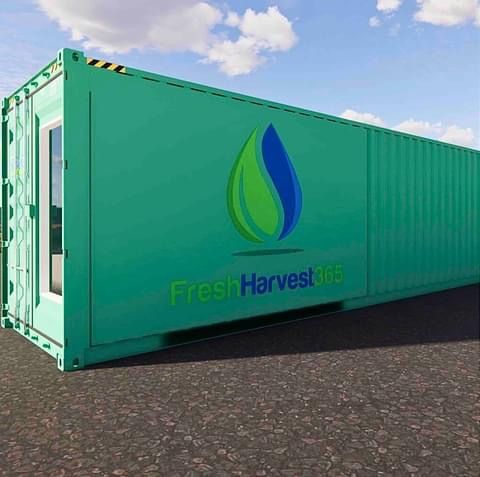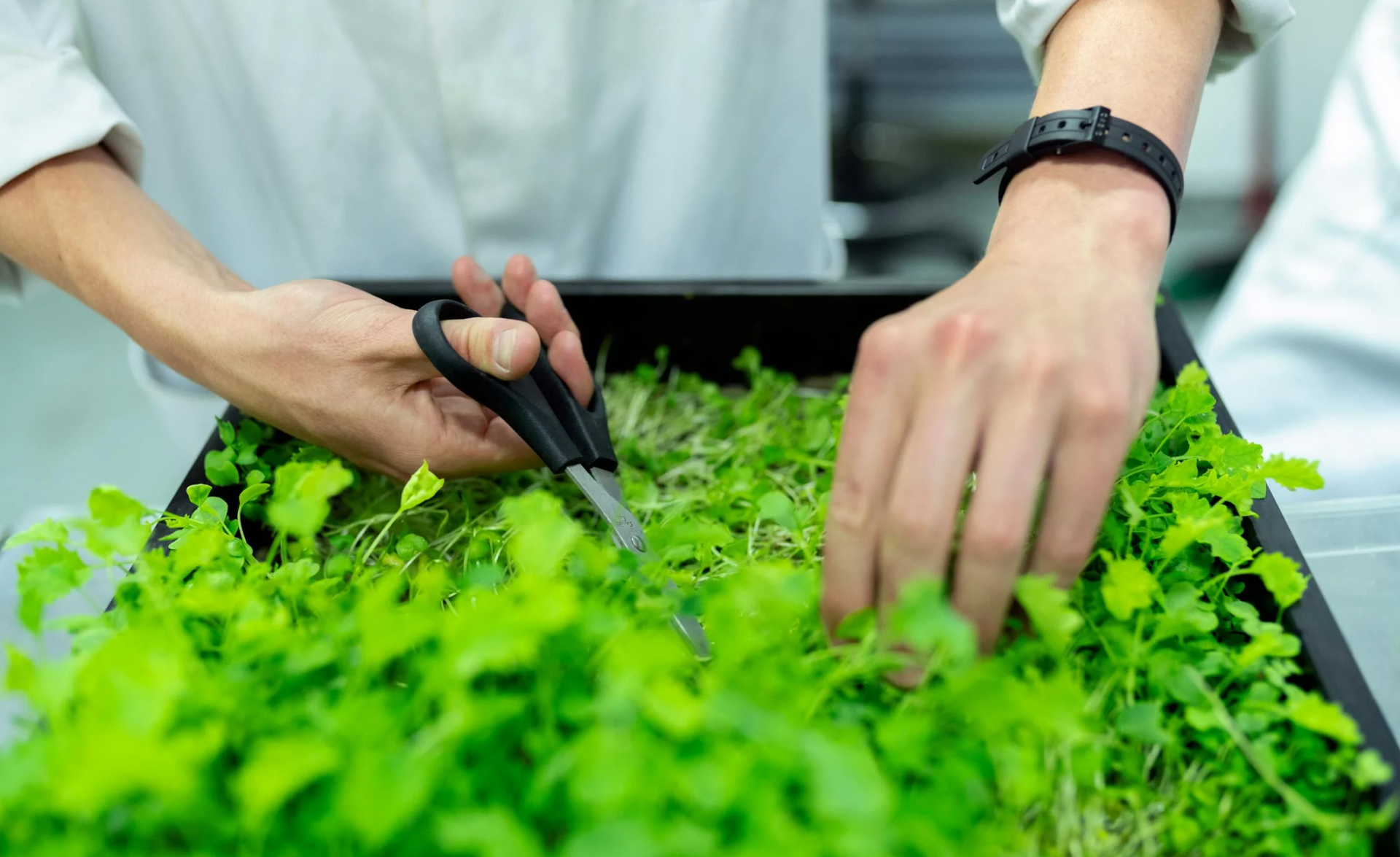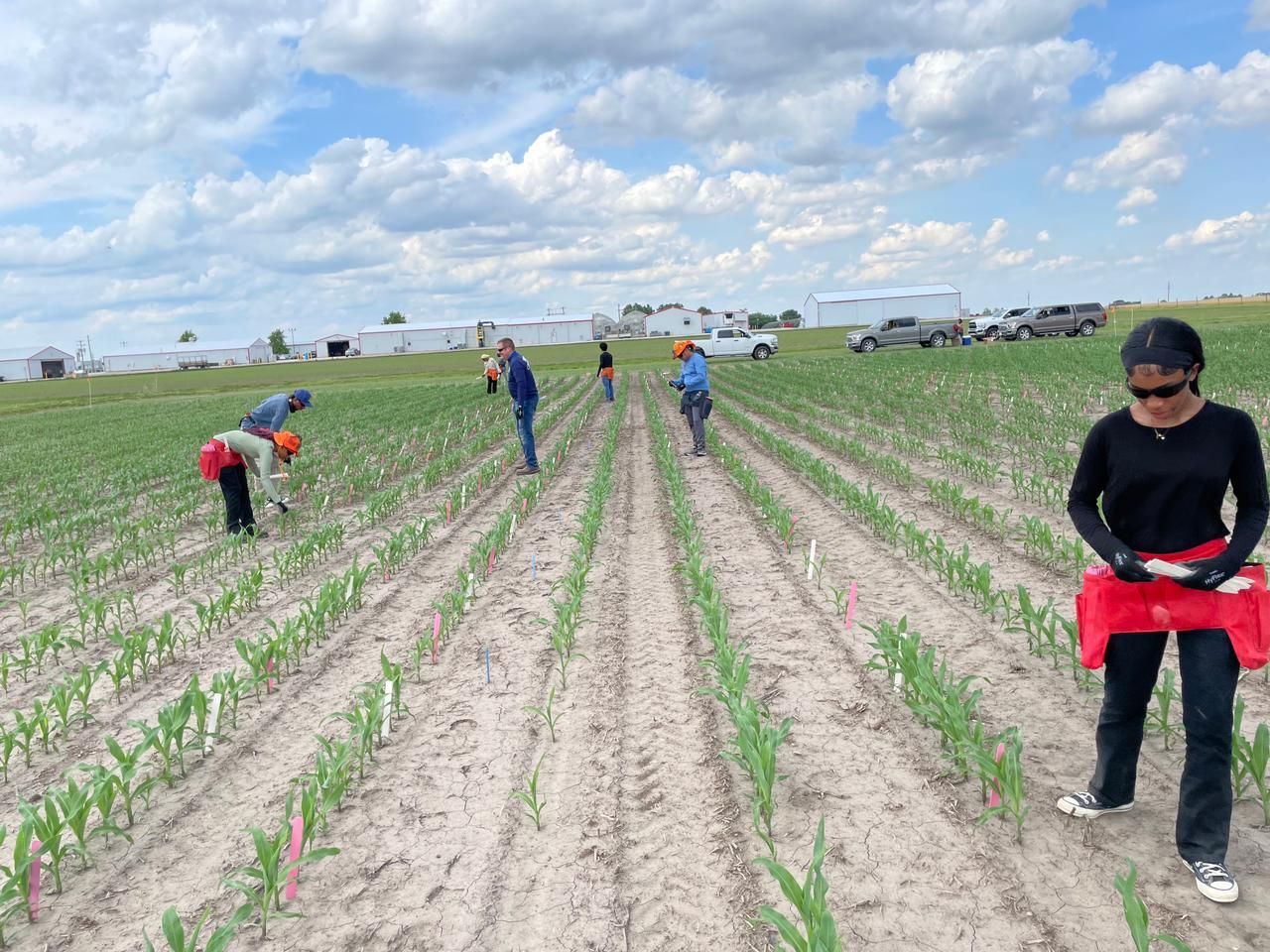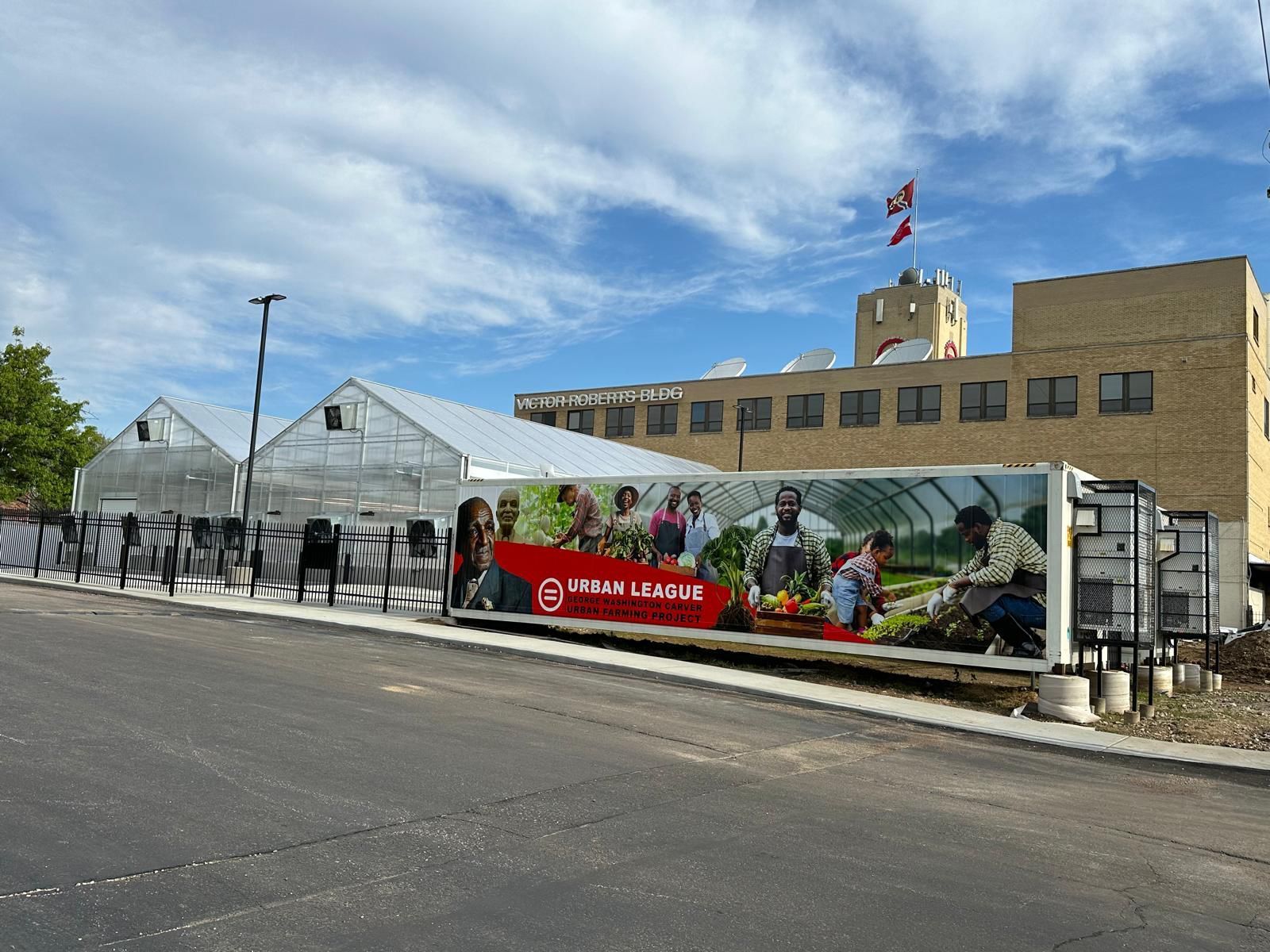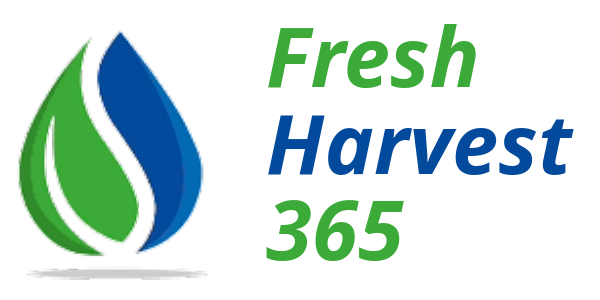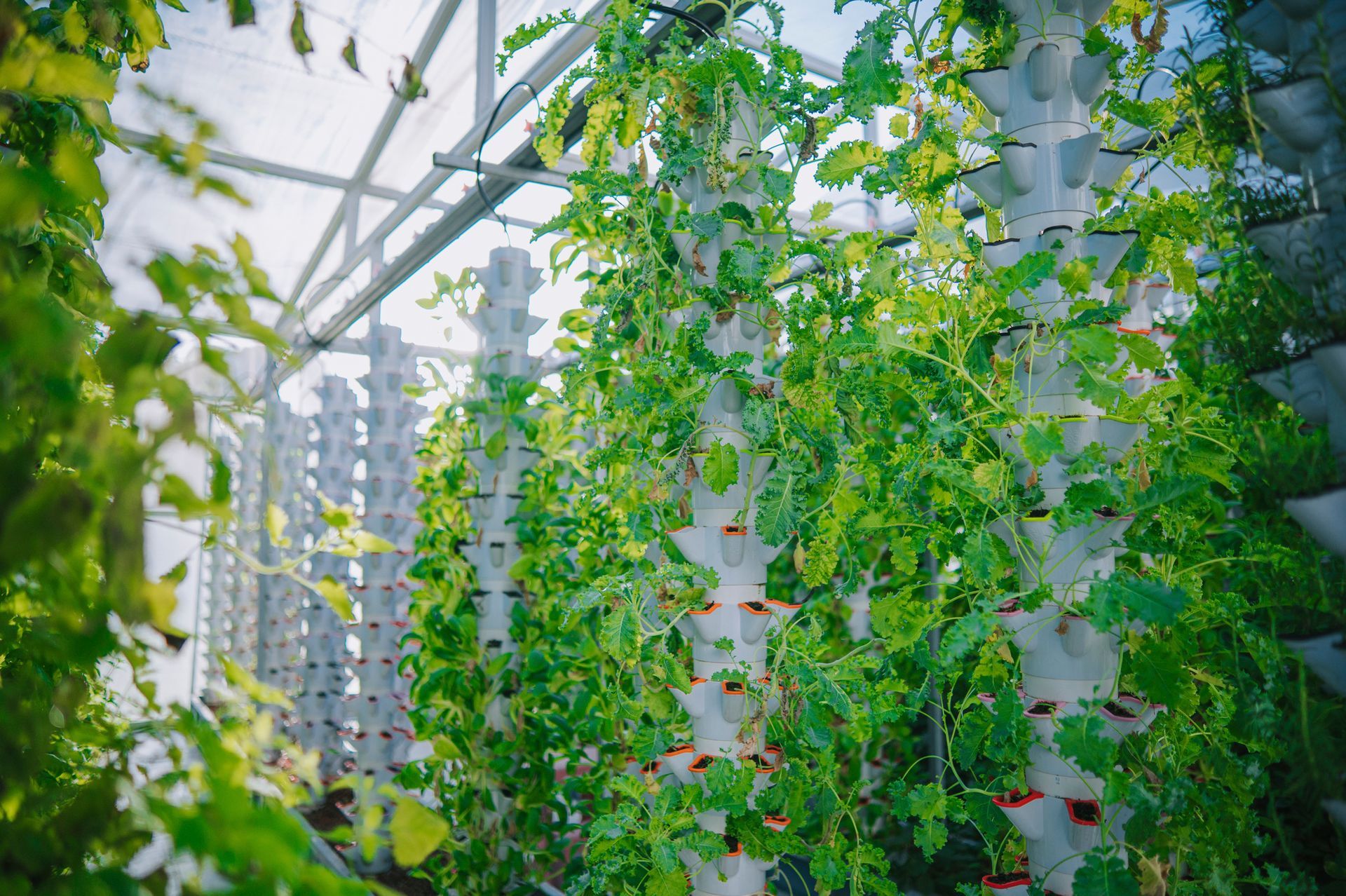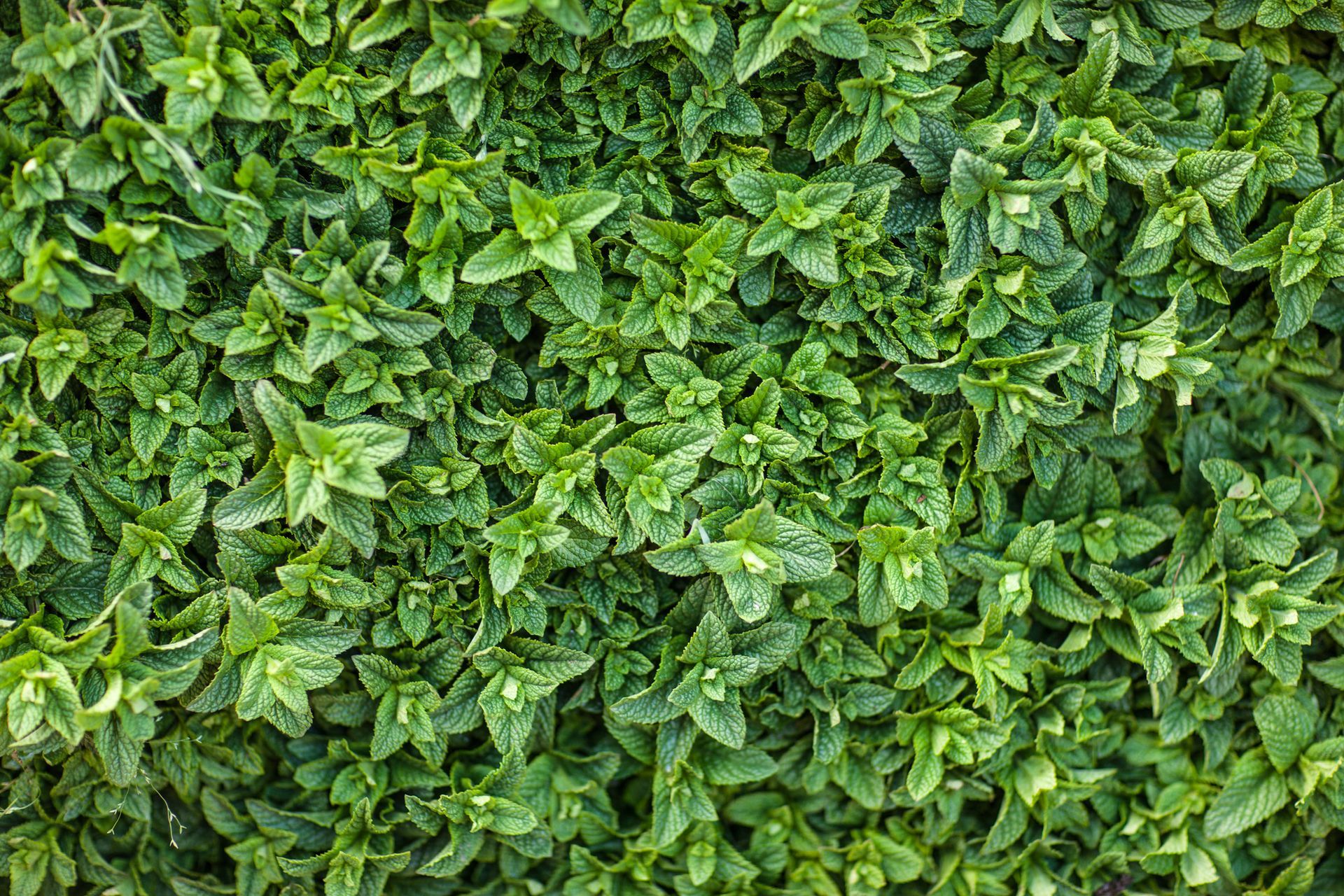Hydroponics vs. Soil Gardening: Which is Right for You?
As modern agriculture evolves, gardeners and farmers alike are exploring innovative methods to grow their plants more efficiently. Two popular methods used are hydroponics and traditional soil gardening. Each has its own unique advantages and challenges, making it pivotal to understand which method best suits your needs. By understanding the differences between these two approaches, you can make informed choices on the best fit for your gardening goals.
Comparing Hydroponics and Soil Gardening
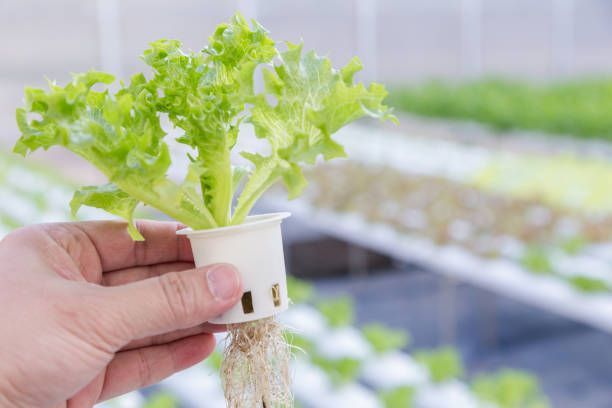
The Pros and Cons of Hydroponics
Pros:
1. Faster Growth Rates
In hydroponic systems, plants grow faster thanks to direct access to nutrients and controlled conditions. Unlike soil gardening, where roots must search for nutrients, hydroponics delivers them straight to the roots. This efficient nutrient delivery system promotes rapid growth. Hydroponic setups also allow precise control over factors like light, temperature, and pH, optimizing growing conditions. With fewer environmental variables to contend with, plants can focus on growth.
2. Space Efficiency
Hydroponic systems can be set up vertically, making them ideal for urban areas with limited space. This vertical design maximizes space utilization, allowing for more plants to be grown in a smaller footprint. As a result, even in urban apartments or balconies, individuals can enjoy the benefits of homegrown produce. Vertical hydroponic setups also offer aesthetic appeal and can be integrated into indoor or outdoor spaces with ease. Overall, this innovative approach to gardening opens up new possibilities for urban dwellers to cultivate fresh, nutritious produce year-round.
3. Water Conservation
Hydroponics typically uses less water than soil gardening, as the nutrient solution is recirculated. This efficient water usage not only conserves this precious resource but also reduces the environmental impact of gardening. With traditional soil gardening, water can be lost through evaporation or runoff, leading to waste. In contrast, hydroponic systems retain and reuse water, ensuring that plants receive only the amount they need. This sustainability aspect of hydroponics aligns with the growing concern for eco-friendly practices in agriculture and gardening. By adopting hydroponic techniques, individuals can contribute to water conservation efforts while enjoying the benefits of homegrown produce.
4. Fewer Pests and Diseases
Controlled environments reduce the risk of soil-borne pests and diseases. By eliminating the need for soil, hydroponic systems create an inhospitable environment for many common garden pests and pathogens. This reduces the reliance on chemical pesticides and fungicides, promoting a more natural and sustainable approach to gardening. Additionally, the absence of soil-borne diseases means that hydroponic plants are less prone to infections, resulting in healthier and more robust growth.
5. Year-Round Growing
Indoor hydroponic systems can provide ideal growing conditions throughout the year. With control over factors like temperature, humidity, and light, indoor setups create a stable environment unaffected by external weather conditions. This means that regardless of the season or climate, plants can thrive consistently, yielding fresh produce year-round. Additionally, the convenience of indoor hydroponics allows for easy monitoring and maintenance, making it accessible to gardening enthusiasts of all levels, from beginners to experts.
Cons:
1. Initial Setup Costs
Hydroponic systems can be expensive to set up initially. However, many enthusiasts find that the long-term benefits, including higher yields and reduced water usage, outweigh the initial investment.
2. Technical Knowledge Required
Managing a hydroponic system requires expertise in nutrient solutions, pH levels, and system maintenance. With Fresh Harvest 365's guidance and support, navigating these aspects becomes more manageable. Our team provides valuable resources, including guides and tutorials, to help you effectively monitor and adjust your hydroponic setup.
3. Power Dependency
Many hydroponic systems rely on electricity for pumps and lights, making them vulnerable to power outages. However, implementing backup power sources or energy-efficient equipment options can help mitigate this risk. Optimizing energy usage can also help reduce dependency on external power sources, ensuring the resilience of your hydroponic setup.
4. Limited Crop Variety
Not all plants thrive in hydroponic systems, limiting the variety of crops you can grow. However, with Fresh Harvest 365's expertise, we can help you maximize your hydroponic garden's potential by recommending suitable crops that thrive in this environment. Our extensive knowledge of hydroponics enables us to provide guidance on selecting the right plants and optimizing growing conditions to ensure successful cultivation. Additionally, we continually research and test new varieties to expand the range of crops that can be grown hydroponically, offering our customers an ever-growing selection of fresh produce options.
5. Maintenance
Hydroponic systems require regular monitoring and maintenance to ensure optimal performance. Having a professional and reliable partner to assist with this upkeep is crucial for successful hydroponic gardening. They can provide guidance on nutrient levels, pH balance, and troubleshooting issues that may arise. With their expertise and support, you can enjoy a thriving hydroponic garden year-round, maximizing yields and minimizing potential setbacks.
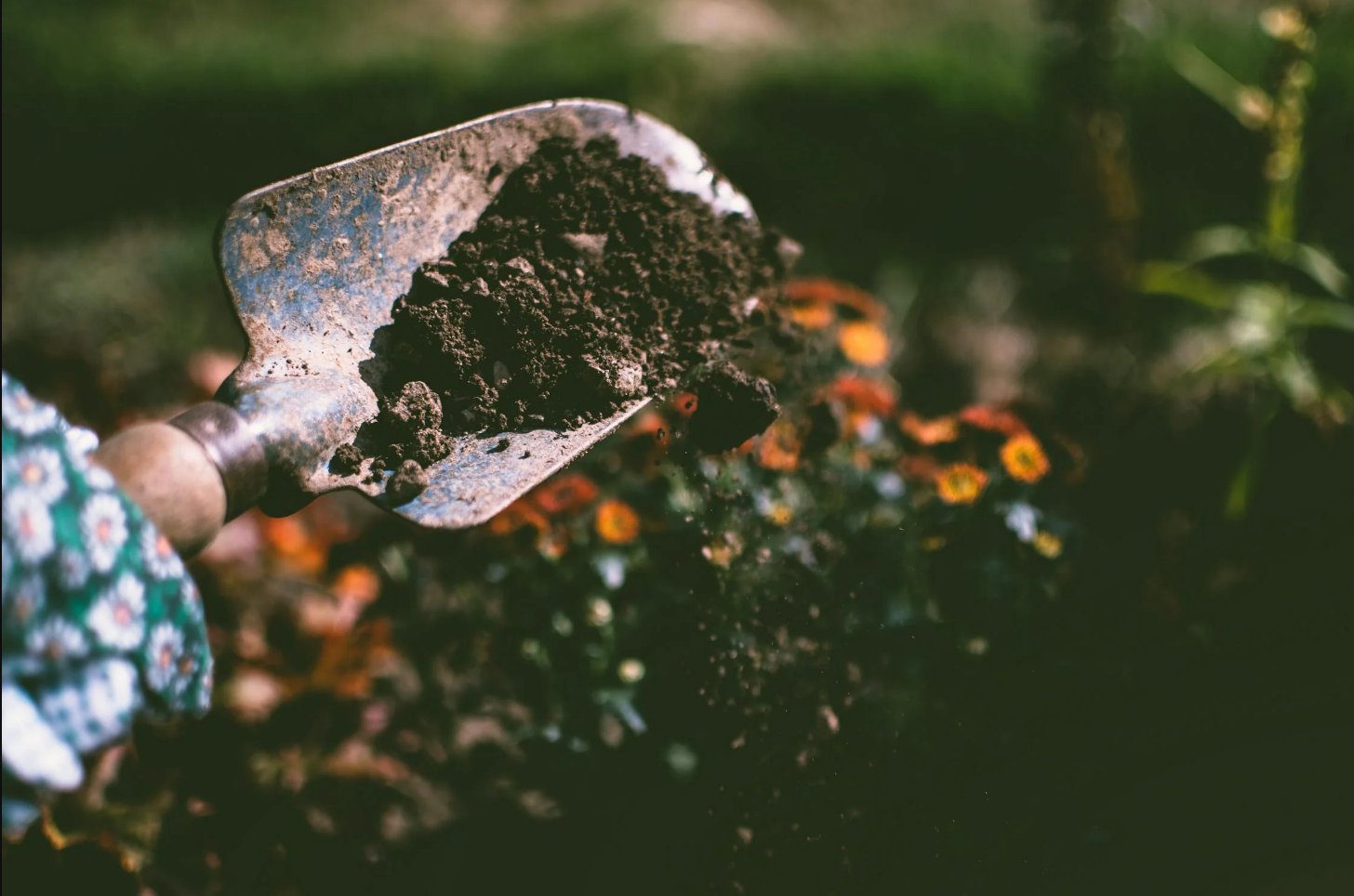
Pros and Cons of Soil Gardening
Pros:
1.
Lower Initial Costs:
Starting a soil garden typically requires less initial investment. It mainly involves costs for basic gardening tools, seeds, and soil amendments. Unlike hydroponic systems, there’s no need for specialized equipment or nutrient solutions, making it a more budget-friendly option for beginners.
2.
Natural Ecosystem
Soil gardening supports a natural ecosystem that benefits plants through organic matter and microorganisms. The soil provides a habitat for beneficial insects, fungi, and bacteria, which help decompose organic material and improve soil fertility. This symbiotic relationship enhances plant health and promotes biodiversity in the garden.
3.
Less Technical Knowledge Required
Traditional gardening methods are generally more straightforward and familiar to most people. These methods often rely on time-tested techniques passed down through generations, making them easier to understand and implement. Additionally, the necessary tools and resources for traditional gardening are typically more accessible and widely available.
4.
Greater Crop Variety
Most plants can be grown in soil, offering greater flexibility in crop selection. This allows gardeners to cultivate a diverse range of fruits, vegetables, flowers, and herbs. The adaptability of soil gardening makes it possible to grow both common and exotic plant varieties, enhancing the gardening experience.
5.
Resilience
Soil gardens are less dependent on technology and power sources. They rely on natural processes and manual labor rather than automated systems, making them more sustainable and environmentally friendly.
Cons:
1.
Slower Growth Rates
Plants in soil may grow slower compared to hydroponic systems. Soil-based growth relies on natural nutrient cycles and environmental conditions, which can vary widely and affect growth rates. In contrast, hydroponic systems provide a constant supply of nutrients and optimal growing conditions, often leading to faster plant development.
2.
Space Requirements
Soil gardens require more horizontal space, which can be a limitation in urban areas. Limited ground area can restrict the number and variety of plants that can be grown. In densely populated cities, finding sufficient space for a traditional soil garden can be challenging, often necessitating alternative gardening methods such as container gardening or vertical gardens.
3.
Water Usage
Soil gardens typically use more water and can be less efficient in water conservation. Water can be lost through evaporation and runoff, especially in hot or dry climates. Soil gardens usually also require regular watering to maintain adequate moisture levels for plant growth, which can lead to higher overall water consumption compared to more controlled systems like hydroponics.
4.
Pests and Diseases
Soil-borne pests and diseases can be a significant issue, requiring more pest control measures. These challenges can lead to increased use of pesticides and other control methods, which can be labor-intensive and costly. Additionally, managing soil health to prevent infestations and infections often requires ongoing monitoring and maintenance.
5.
Seasonal Limitations
Soil gardening is often subject to seasonal variations, limiting year-round growing opportunities. Changes in temperature, daylight, and weather conditions can affect plant growth and productivity, making it challenging to maintain a consistent harvest throughout the year. Gardeners may need to adjust their planting schedules and use season extension techniques like greenhouses or cold frames to mitigate these limitations.
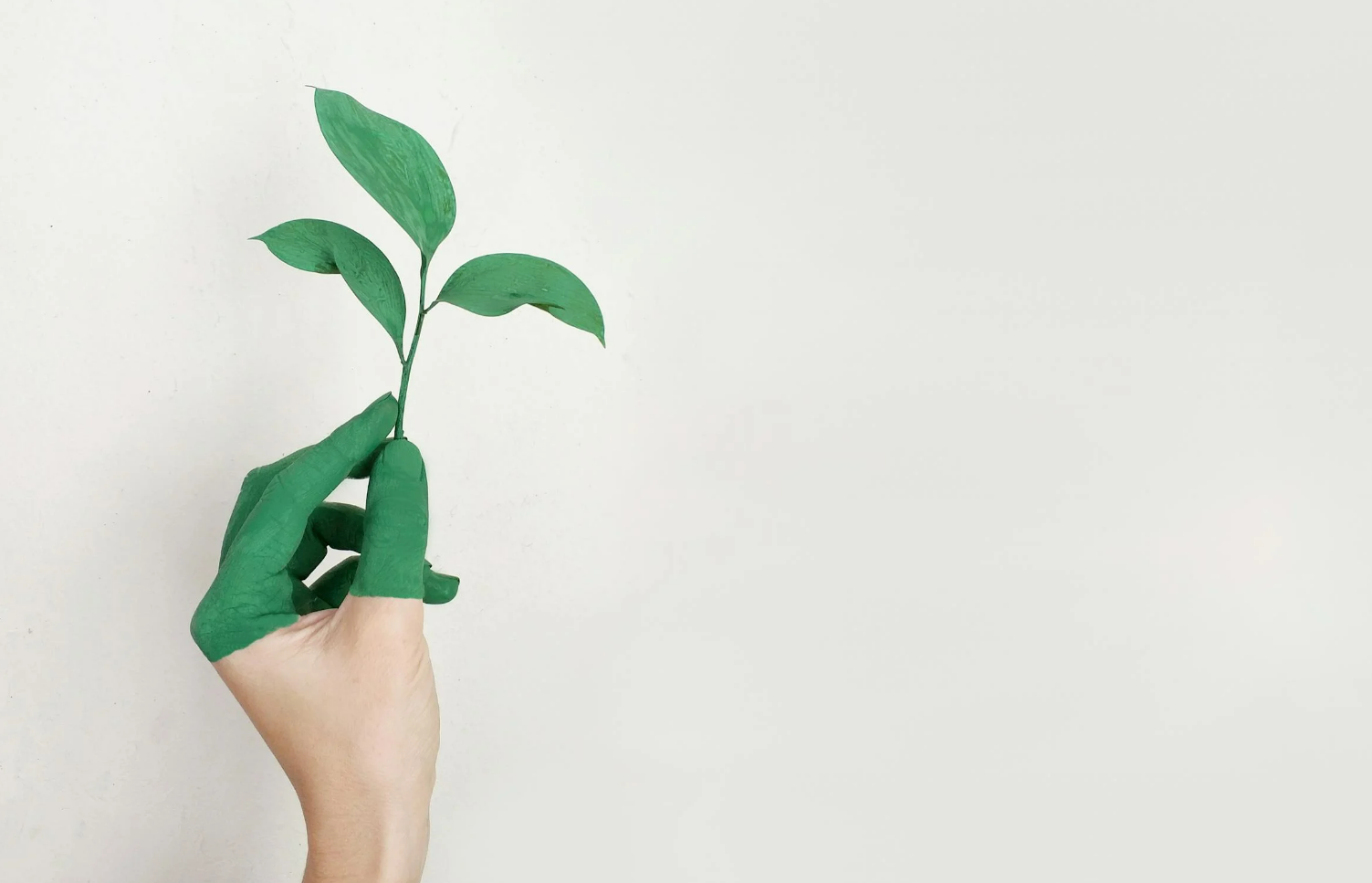
Factors to Consider When Choosing a Growing Method
Space Availability
Hydroponics is ideal for small spaces and urban environments, while soil gardening requires more horizontal space. Vertical hydroponic systems can maximize limited space by stacking plant beds, utilizing wall space, and optimizing vertical growth. However, soil gardening allows for more extensive root systems and may be better suited for larger, ground-level plots or rural areas.
Budget
Consider your budget for initial setup and ongoing maintenance. Hydroponics may have higher upfront costs due to the need for specialized equipment such as pumps, reservoirs, and grow lights. However, soil gardening typically requires less investment in equipment, especially if you already have access to gardening tools and outdoor space. Additionally, ongoing costs for hydroponics, such as electricity for lighting and nutrient solutions, should be factored into long-term budget considerations.
Crop Variety
Determine the types of plants you want to grow and whether they thrive better in soil or hydroponic systems. While many crops can be grown using both methods, some may have specific requirements or perform better in one system over the other. For example, leafy greens and herbs tend to do well in hydroponic setups due to their shallow root systems and fast growth rates, while root vegetables like carrots and potatoes may prefer soil for optimal development.
Technical Expertise
Assess your comfort level with the technical aspects of hydroponics, such as managing nutrient solutions and system maintenance. Hydroponic systems require precise monitoring of pH levels, nutrient concentrations, and water quality to ensure optimal plant growth. Additionally, troubleshooting issues like clogged irrigation lines or nutrient deficiencies may require a basic understanding of hydroponic principles and equipment operation. In contrast, soil gardening may be more intuitive for beginners or those with limited experience in hydroponics, as it relies on natural soil processes and may be less technically demanding.
Environmental Impact
Consider water usage, energy consumption, and potential for sustainable practices in each method. Hydroponic systems can be more water-efficient than soil gardening, as water is recirculated within the system and losses due to evaporation or runoff are minimized. However, hydroponics may require more energy for artificial lighting and system operation, potentially increasing overall environmental impact. Soil gardening, on the other hand, relies on natural sunlight and soil ecosystems, which may promote biodiversity and soil health but can also be more resource-intensive in terms of water usage and land utilization. Implementing sustainable practices such as rainwater harvesting, composting, and organic gardening methods can help mitigate environmental impacts in both soil and hydroponic gardening.
To Sum It Up
Choosing between hydroponics and soil gardening depends on your specific needs, resources, and goals. Hydroponics offers faster growth, space efficiency, and water conservation, making it ideal for urban environments and controlled conditions. Soil gardening, with its lower initial costs, natural ecosystem benefits, and greater crop variety, remains a reliable and familiar method for many.
At Fresh Harvest 365, we embrace the innovations in hydroponics and traditional soil gardening to bring you the best of both worlds. Whether you’re a seasoned gardener or a curious beginner, understanding these methods will help you make informed decisions for a successful and sustainable garden.
Explore more about hydroponics and traditional gardening techniques with Fresh Harvest 365. Let’s grow together!
